A last-minute scouting report of Real Madrid
Why not?
I’m strapped for time, for understandable reasons, so this newsletter will be a bit different than usual.
Here are some quick “opposition scouting” thoughts as we count down the minutes to the biggest match in recent memory.
First, we’ll start with a play-style comparison.
Some relevant notes from that report:
This is league data as a baseline; Real Madrid tend to have lower possession in the Champions League (around 51–53%, depending on how it's tracked).
Match tempo is defined as “number of team passes per minute of pure ball possession.” Real Madrid play a bit quicker than Arsenal, unsurprisingly.
Believe it or not, Arsenal play forward at a higher rate than Real Madrid.
Arsenal also cross more.
Arsenal are much more active — and effective — at pressing. Their opponents lose the ball in dangerous areas 8 times more per 90.
Arsenal are better at set pieces, but we lack Gabriel.
Some additional baseline info on Real Madrid that might interest you:
They average about 15.97 shots per 90 (5.93 on target) in La Liga. They’re second in the league in shot-creating actions, with 29.7 SCA per 90; that’s fifth in the top-5 leagues of Europe.
Real Madrid concede an average of 1.4 goals per away match, and have allowed 2+ goals in 40% of their away games.
In the Champions League, they’re scoring around 2.3 goals per game while conceding about 1.4. They’ve kept just 2 clean sheets in 12 UCL matches. In short: some high-flying games.
👉 The OPPO report
We also dust off our scouting tool, which is tenuously called OPPO: Opposition Preferences, Pitfalls, and Opportunities.
To refresh, I’ve worked with a brilliant statistician named t (from Kadre) to bring this to life, and we introduced it against Man City last year. Here’s the overview from then.
To oversimplify, I’d wanted to do some correlation studies to see which statistics — be they individual or team-level — had the strongest relationship with the underlying performances of specific opponents.
For instance, if you learn that disrupting a certain kind of pass, or restricting a certain player’s carry, is disproportionately pivotal to a team’s performance, when compared to those in their league, then you can use that to focus your film study — and, ultimately, your gameplan.
Here were the caveats:
Correlation is not causation. Just because something happened more frequently, it does not mean it caused the underlying xG difference. “Just stop them from getting corner kicks and prosper!” is not the takeaway here.
Not all correlations are instructive or even important. It’s not all that useful to learn that teams tend to win more games when they shoot a lot. Key passes, assists, touches in the attacking third — these are all likely to come from dominant performances.
There are sample size limitations and general noise, particularly on statistics that don’t happen at a high volume.
On a team level, here are some of the strongest correlations.
Plenty of interesting things to flag here:
They perform disproportionately well when pushing the ball forward, and struggle more when playing out from the back under pressure. Without Kroos, and with rotating connections in the back-line, they’re less secure building from deep. Modrić is starting and will help.
Like Arsenal, they’re a “flow” and “quality” team — meaning they perform better the more the ball stays in play. Dead balls, free kicks, and frequent fouling correlate with worse outcomes.
They don’t thrive when forced into speculative long shots.
As we’ll cover, crosses are potent — Courtois doesn’t claim many, and the defensive communication isn’t always the best.
If you pin their play, force Courtois to go long, and drag Jude Bellingham into deeper areas to help progress, they’re not at their most dangerous.
Now, let’s look at things on a player level (keeping in mind there’s plenty of statistical noise there). I’ve highlighted a few intriguing points:
Some more notes here:
More Rodrygo usually means more balance and a better Real Madrid. He should be a primary concern for Arsenal. The more progressive passes he can safely receive, the more dangerous Los Blancos become.
Vini’s defensive effort is what it is. But in spurts, he can press with real impact. When he’s effective in those moments, the team often rides that momentum.
Crowding Jude’s receptions is crucial. He typically floats just above a double pivot, and if he’s allowed to operate as a free man, he can carry forward and make high-quality decisions. Being “touch close” and denying him space should be a focus.
Courtois’ distribution is a pressure point. If he’s drawn into being a focal point in buildup — seeing a lot of touches — the odds of a pressing win or a mistake go up.
Force Rodrygo and Jude to help deep, and you can tilt the pitch.
👉 Real Madrid: the setup
Here’s the lineup.
Real Madrid generally build up in the expected ways — with a low double pivot and Bellingham floating just above it. Without Modrić, Ceballos, or Kroos, they’ll miss a true tempo-setter in midfield, but they won’t be short on physicality or speed.
Flipping into a different game (now right-to-left), the play usually morphs into something like a 3-box-3, but with a lot of freedom and fluidity for great players to simply do what they want. They are most dangerous in quick passing triangles.
In the defensive block, I’m expecting an awfully relaxed 4-4-2. They are generally underdetailed in their approach; there are a lot of gaps that open up, which are generally filled through sheer force of will by the likes of Bellingham and Valverde. Still, there are vulnerabilities.
In general:
Ancelotti has a classic “short blanket” problem, primarly based on how he uses Valverde. If he plays Valverde in midfield, it helps protect against the middle being overrun — but it leaves the flanks exposed. He has decided to solify the flanks, which will make things more difficult for Martinelli — but perhaps open things up for Rice and Ødegaard.
Despite issues in pure tempo control, Real Madrid are still dangerous from deep. Their long balls and through-balls can cut through a defensive setup instantly. Staying tight to those attacking runs is crucial — and so is maintaining focus throughout.
The cleanliness of Arsenal’s offside trap is going to be a major factor.
👉 Potential areas of opportunity
I only studied three matches for this piece and have probably seen five others — so consider these incomplete impressions. Most of my focus was on how to score against Real Madrid, so the tone might come off a bit optimistic. The ways they can score against us are obvious: the best forwards in the world don’t need much to create something. Mbappé has 19 goals since the start of 2025. Arsenal are without Gabriel and Calafiori, starting an 18-year-old at left-back, and have other fitness concerns.
That said, I also went through a playlist of 30 Real Madrid goals conceded to look for patterns. The first one came up a lot.
1. Pull the CBs into the midfield, time a run behind
As we said, they’re likely to show a loose 4-4-2 mid-block.
This is where things can break down for them. There’s a chain reaction at play: because the front two are relatively (or seriously) passive, the wide forwards — often Bellingham and Rodrygo — end up doing extra work in the channels. That stretches the double pivot, pulling them wider than ideal.
Who benefits from that most? A false-9 dropping into midfield. When that happens, the centre-back has little choice but to follow.
In short: if you can drag the CB out and then run into the space behind, there’s a good chance you’ll find numbers. See here:
This, then, turned into a flick-on and a quick 1v1 and goal.
Barcelona exploited this brilliantly. In this example, Lewandowski dragged Rüdiger out of position, and Yamal burst into the space he left behind.
There’s just insufficient coverage from there. Goal:
…and another one.
By showing a lot of activity in that midfield, and specifically trying to “magnet” the CBs to jump forward, you can sneak behind them and outrun the full-backs.
Here’s the result of that one.
This is all about timing: Saka, Martinelli, or the full-backs darting behind the dropping #9 at the exact right moment, and a player like Ødegaard hitting them into space. With Valverde now on Martinelli, this may fall more to Saka to exploit, unless Valverde is cleaning up somebody else’s mess.
2. Force backline communication
There’s been a lot of change and injury in Real Madrid’s backline, which has led to some understandable communication lapses. That’s pretty common when partnerships keep shifting — and it’s exactly why a stable centre-back pairing matters.
Here’s Raphinha slipping through unnoticed after the CBs got pulled a bit too high.
This results in a team that’s generally strong in the air, but still vulnerable when defending crosses.
Gakpo scored by drifting behind the defensive zones and isolating himself in front of Modrić, who couldn’t recover in time.
3. Pounce quickly through the middle on ball-wins
The team can get pulled forward and doesn’t always form effective “cocoons” around long balls. Here’s an example from 30 seconds into the second leg against Atleti. Look how badly outnumbered they are for the second ball.
It turned into this bursting attack.
Last weekend, they lost on such a ball-win and snap-attack.
How would that look for Arsenal? The second goal against Fulham was a pristine example.
4. Overload wide areas with full-backs + cross far post
Because two Real Madrid forwards stay … forward … it can often be fairly easy to use your full-backs to get numbers in the wide area and cross it in. You can see here:
I’d run with Timber a lot out there. For MLS, he can look to attract the attention of the CBs centrally.
5. Set pieces, of course
Real Madrid are solid at scoring from set pieces, but look a little open when defending them.
The void of Gabriel will be difficult to fill. I’m pleased to see Merino starting.
Fittingly, the prized Set Piece Sicko, Jake, has a fittingly great piece on this.
Something I’m watching is the potential for weakness on set-piece second phases. If the first header isn’t clean, Real Madrid can be slow to cleanly regroup. It’s one opportunity to strike.
Other areas of emphasis and notes
Real Madrid will likely concede possession in phases, setting traps in midfield. Arsenal can't get complacent with the ball — even if there's time. Their defensive shape is built to lure you forward and then pounce on an interception. That said, there are some exploitable angles: quick switches to the opposite wing (to stretch their 4-4-2), physicality in aerial duels and follow-up ball-wins, and sharp ball movement in the right pod. The idea of overloading the right feels good here.
The flow of this one will be interesting. Both teams are best when the game is open and uninterrupted. We’ll see if either side tries to turn it into a brawl.
I’d personally “go for it.” The clearest tactical implication is pushing the full-backs high by default — creating overloads and forcing Real Madrid to either drop attackers deep or leave themselves exposed. MLS can drive at the backline, and the second a centre-back steps out, the dominoes start to fall. The risk is leaving Kiwior exposed in space on the counter. It is what it is.
Mentioned these before, but a few minor keys:
Force Jude deep — potentially with Rice tracking him.
Push them into settling for long shots.
Pounce on the occasional sloppiness in their buildup and try to generate miscontrols.
Pin them, win the press, and get the ball to Martinelli quickly: it’s one of the clearest paths to goal. The key is attacking while they’re retreating.
One tricky part: you’d love to have Martinelli cheat high and central during defensive phases so he’s available for the counter. But the left side needs his help more than ever. He’s probably just going to have to defend.
Their usual reluctance to foul means Arsenal can try to play through the lines without expecting to get chopped down every time. That suits Ødegaard, though his form this season has been hard to predict. Still, Arsenal’s tight-space players might find some joy driving at Madrid’s shape. But every loose touch is a potential counter the other way. It’s a fine balance: move the ball crisply, use width to stretch them, and then look for sharp one-twos or through-balls before their block settles.
The offside trap will be important. They’ve been caught offside 71 times this season (2.37 per game)—the most in the league. The Barcelona match was a wild example. That said, Arsenal’s current backline isn’t as cohesive as usual and is missing its loudest communicator.
With Valverde now at right-back, second balls can be feasibly won.
Vini should be doubled in wide areas whenever possible, of course.
I’m worried about the forwards for the obvious reasons. I’m worried about “Zone-14” coverage by Partey, and whether he falls back into the back-line too often, leaving room for them to operate.
The referee is Irfan Peljto. Big assignment for him. He ranks 39th out of 45 in Champions League foul calls (18.4 per 90) and averages 2.6 yellows per game. His penalty award rate is relatively high (0.5 per 90). Definitely some risk of a pen for either side.
As old-guard as it sounds, this one comes down to focus and fortitude. They can score from any game state. Staying sharp late — especially against their quick 1-2s and sharp rotations — is everything. No naps at the posts.
The game feels relatively clear. So do the vulnerabilities on both sides.
Can Arsenal break through using their core tools — pressing, counter-pressing, and wide-area attacks? Or will Real Madrid’s individual brilliance be too much?
We’ll see.
#UTA.








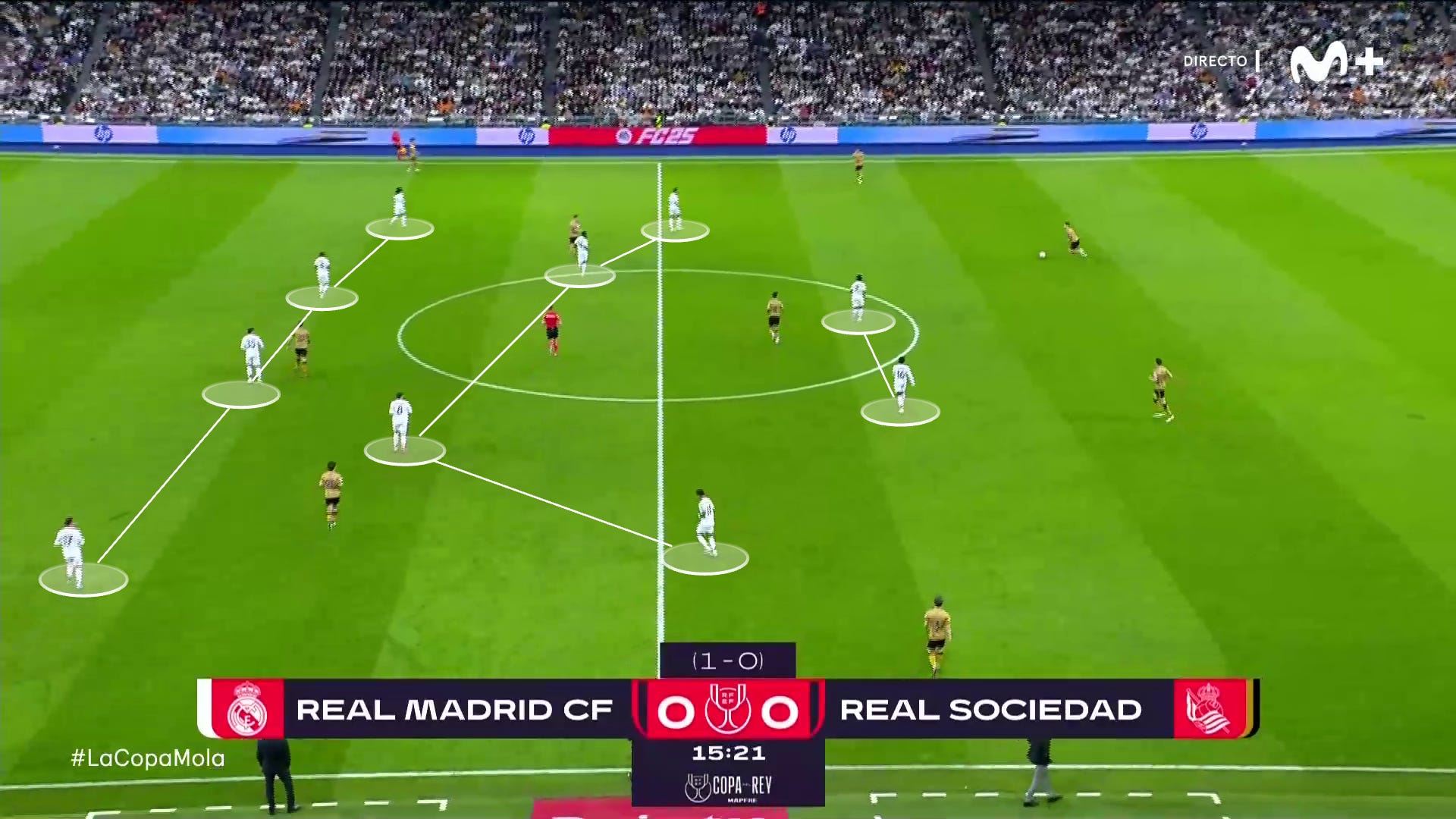

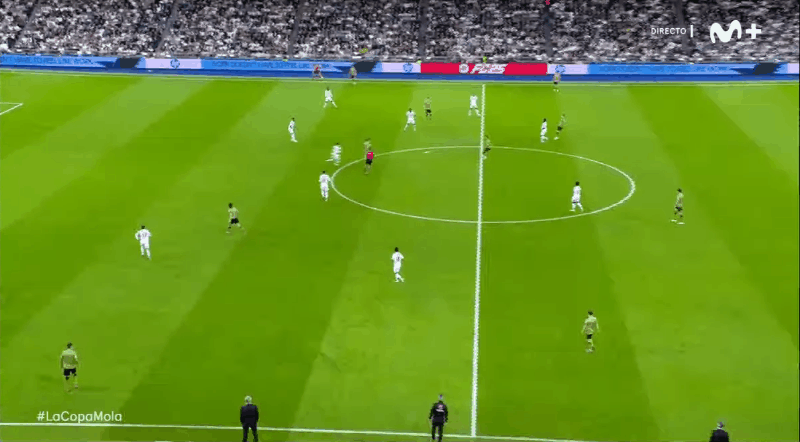

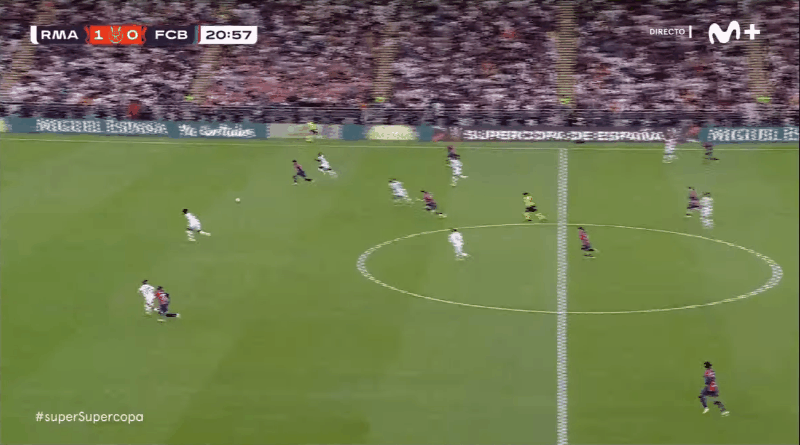
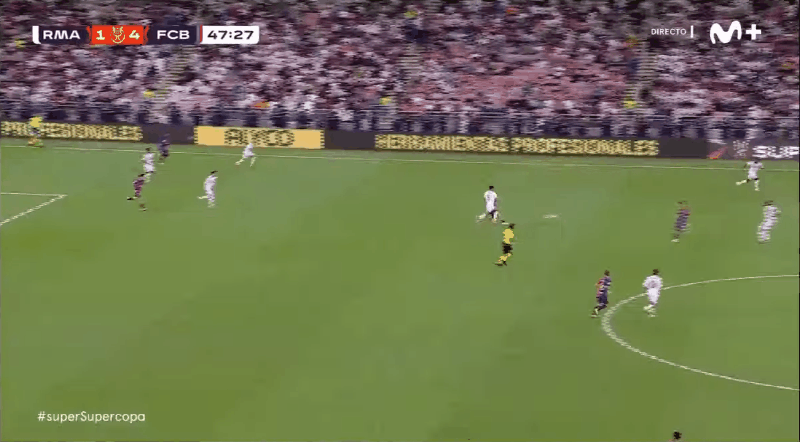


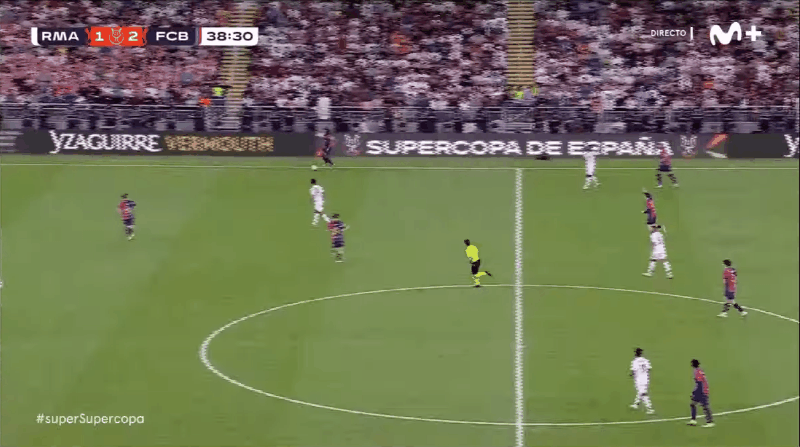



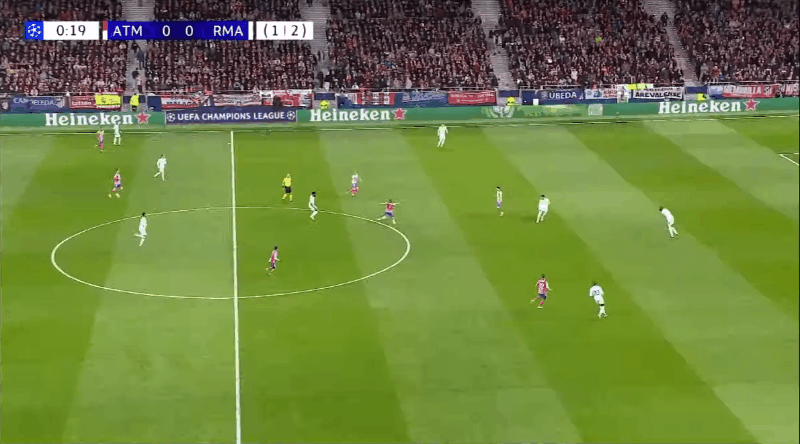


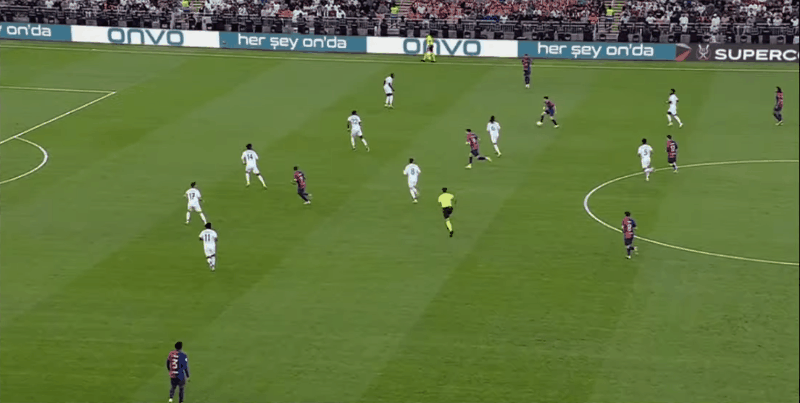
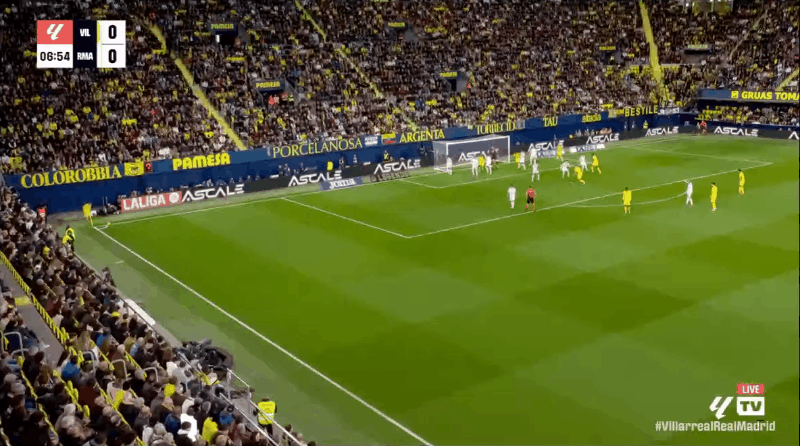

What a win!!
If you’re still looking for names, I’m still partial to “Trattoria Berta”, but would like to throw “Banca di Berta” in as well (because, you know, he used to work in a bank and stuff).
Just caught up with this and, well, pretty spot on